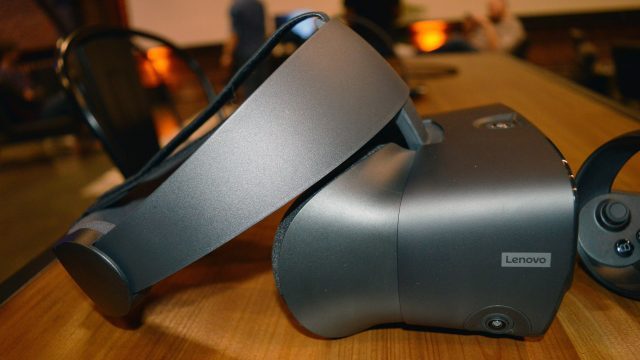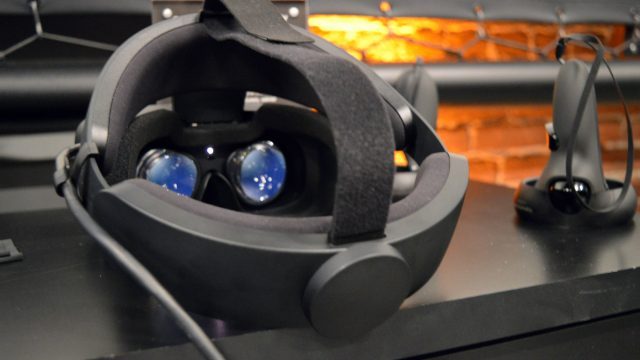When Oculus revealed its newest PC headset, Rift S, at GDC last month, it was a surprise to see the ‘Lenovo’ logo on the side. Oculus explained that Facebook tapped the company to help in both the design and manufacture of the headset. In an interview with Road to VR, Facebook’s Jason Rubin offered some details on the extent of the partnership, and what the Rift S design does (or doesn’t) mean compared to Quest’s quite different approach.
Jason Rubin has been a key spokesman for Oculus since he joined the company in 2014. While he now more broadly oversees AR and VR content & partnerships at Facebook, he’s still closely involved with Oculus.
Rubin sat down with Road to VR for a wide-ranging interview at GDC 2019 last month, during which he spoke to the fact that Oculus opted to work with Lenovo in the design and manufacture of the Rift S.
“We’ve often used partners. Gear VR was a Samsung partnership—a lot of decisions were made by Samsung. Oculus Go was a Xiaomi partnership—a lot of decisions were made by Xiaomi. Rift was mostly designed internally. Quest was mostly designed internally,” he explained. “Rift S is designed in partnership with Lenovo. […] I don’t think there’s really that much to be gleaned from understanding that we partnered with Lenovo on one device and not another.”
Rubin added that Lenovo was quite involved in the design of the headset, and not merely a manufacturing partner.
“This is a device that Lenovo really helped us design and did work on. […] We found Lenovo to be a fantastic partner. We found them to be incredibly talented.”


Indeed, the Rift S does share some striking similarities to Lenovo’s two other VR headsets: the Lenovo Explorer (Windows VR) and the Mirage Solo (Daydream standalone).
Like those headsets, Rift S features a ‘halo’ style strap which is a departure from the Rift, Go, and Gear VR (all of which use a three-point strap that goes around and over the head). While the Solo had some of the worst ergonomics I’ve ever encountered on a major VR headset, luckily we’ve found the Rift S so far to be quite comfortable, very likely helped by the fact that (unlike most halo-strap headsets) it also retains a top strap to better align the lenses with the user’s eyes.


Asked about the notable differences between Quest and Rift S (like the differing straps, number of displays, and IPD adjustment), and whether or not the designs represent a shift in design thinking, Rubin said that the differences reflect the decisions of two different teams and the products themselves, and not anything more significant.
“You can think of [Rift S and Quest] as two very different visions from two very different teams, albeit based on the premise that ‘getting in and out of VR as quickly as possible’ was one of the key things that VR needed to go forward,” he said.” “So the fact that one has a halo strap and the other doesn’t have a halo strap probably comes down more to the fact that one team thought that the halo strap was the right answer (including Lenovo who would have been working in entirely separate offices) and the other thought that the other type of strap would be better. […] So I think it would be wrong to assume that any major decisions about the future are being determined by which one of these was announced first […] I think you’re just looking at two groups going through the tradeoffs and determining what they could get in a price point that they thought was the right price point for the consumer.”
For much more on Quest, Rift S, and the direction of Oculus, see our full interview with Rubin.

